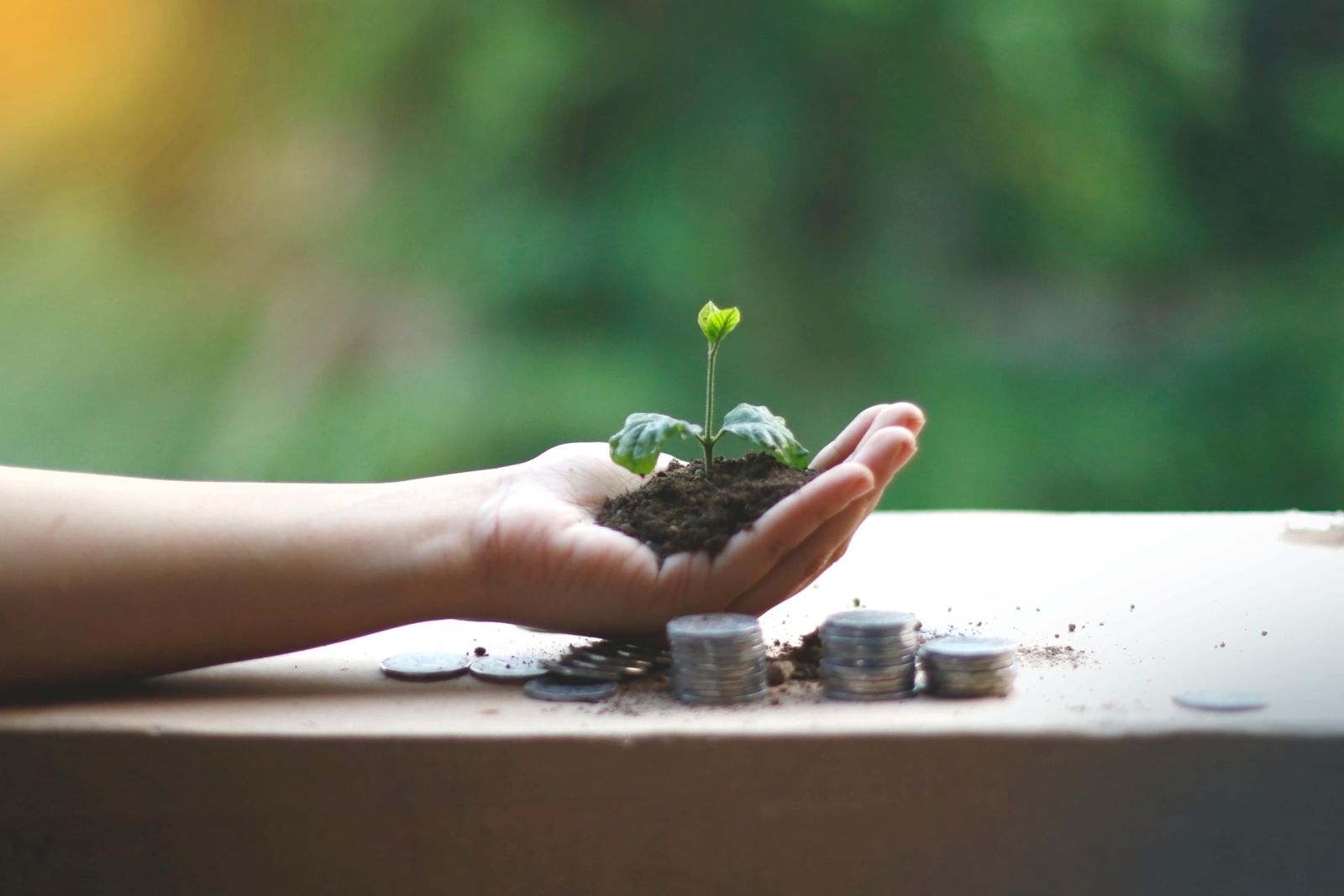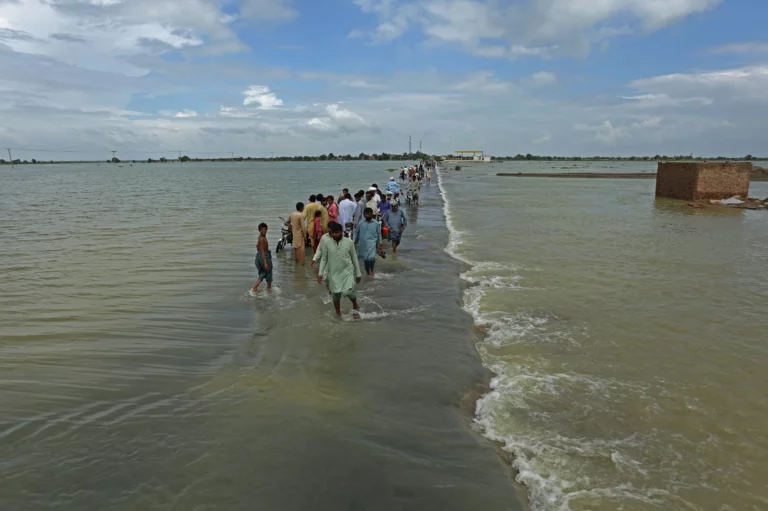The tragedy of climate change is that it most affects the people who are already marginalized. Although all humans will eventually be affected by a changing global climate, the most immediate and disproportionate impact is felt by women in the Global South. How exactly does climate change endanger women in Pakistan?
The aftermath of Pakistan’s floods revealed the answer to this question. When 8 million people were displaced into flood relief tents, news arose of sexual violence against women in these camps. Female children were targeted: an 8 year old girl was raped in the Boat Basin Flood Relief Camp in Karachi. The World Health Organization estimates that 70% of women in refugee camps face sexual violence, and so, one shudders to imagine how many cases were left unreported in Pakistan. In 2022, the UNHCR estimated there were 650,000 pregnant women in flood-affected areas, many of whom lost access to safe birthing facilities. In addition, when climate change puts stress on a family’s finances and housing stability, the brunt of male frustration is felt by the wife and children.
“Climate change is responsible for rising violence against women.”
Several pre-existing factors make women suffer more than men when the climate changes. Firstly, women are often tasked with household chores such as cooking and water collection. In fact, women in Pakistan spend an average of four hours a day collecting water. These tasks are made even more difficult when climate change results in droughts, and shrinking river access. Secondly, the World Bank reports that women make up around 60% of the agricultural labor force in Pakistan and are more likely to be small-scale farmers. Not only do these women already experience lower access to finance and technology, but also, climate change is expected to reduce crop yields by up to 20% in Pakistan by 2050, affecting women’s livelihoods even more.
What makes the situation even worse, is that the women cannot fight back. Not in the current status quo. Only 7% of women in Pakistan have bank accounts: the others cannot access financial tools like loans or relief grants to adapt to climate change. Women’s literacy rate is 46% compared to 80% for men (as of 2019), and by age 14, only 13% of girls are still enrolled in schools: women have lower potential to reach information about how to survive the impacts of climate change. Lastly, when climate change decreases job opportunities at home and makes life unlivable, men can migrate elsewhere but social stigma on women’s mobility means their wives have to stay at home.
Unless large quantities of funding are directed to climate projects in Pakistan, the gender gap will rise and more women will suffer. Climate finance is crucial to safeguarding women. The best time to act was yesterday, but the second best time is now.




Leave a Reply